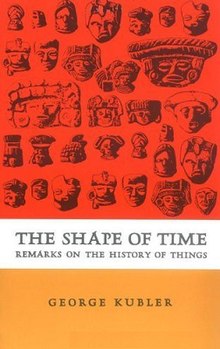For our fourth session of the semester, the entire class was able to travel to the Baltimore Museum of Art (BMA) to observe and sketch different pieces. The museum itself could have been seen as a work of art in the way that each collection was placed around the facility and how they were presented. One thing I noticed when I walked in was that lighting is an essential part of displaying art. I noticed that the lighting in the African Art Collection was a lot dimmer and less apparent than in the American Collection. I almost felt this was counterintuitive because most of the art in the African Collection consisted of dark brown, if not black, face masks and black and white paintings that would need more light shed on them in order to see the detail of the pieces. Whereas, most art in the American collection consisted of brightly colored sculptures, paintings, and figures that had at least twice as much lighting casted on them than other exhibits. While I took most interest in sculptures and figurines, most, if not all, paintings had so much detail in them that it was quite possible to get lost in the works. So I decided to share my interest in sculptures rather than paintings in this post.
The first piece of art I felt I could start with was something of a familiar and very rudimentary shape. Sculpted by Kenyan-born artist Magdalene Odundo in 2010, an orange-ish colored ceramic piece caught my eye.
 |
| "Swelling like a pregnant woman's belly, the rounded form of this ceramic vessel calls to mind the female figure." |
The description from this piece mentioned that its artist 'incorporates shapes from many ancient and modern traditions', and the work 'comments on how women's bodies are "shaped" by the aesthetic values of their societies.'
The second work of art came from BMA's American Collection. A piece by Jacques Lipchitz that did not have a brief description citing its history or background. Entitled Half-Standing Figure, the lack of explanation gives its observer more time to contemplate what it could have been.
 |
| "Half-Standing Figure" by Jacques Lipchitz |
The final piece of art I would like to make a point of appreciating is one I came across while taking the stairs to the Modern and Contemporary exhibits of the museum. Another seemingly simplistic piece, but when lighting caught it a certain way, there were elements revealed that gave it much more depth and interest.
"Vertical Construction No. 1" by Naum Gabo
Quite honestly, I have no idea what this piece is supposed to be, if it is to be anything in particular at all. It caught my attention because of its sleek and abstract attributes. Yet after looking closely, the amount of detail on the piece is mind-blowing. As its description lets on, it is made of copper alloy and steel spring wire. The image on the left demonstrates its uncomplicated "first look" appearance that passersby would see without stopping to analyze, while the image on the right (with the help of more light exposure from the camera) exposes its "true" detail which would be revealed once the passerby stops and inspects the piece through and through.
Briefly, the description on the piece states that the figure's Russian-born American artist produced six versions of the work in varying dimensions and used 'highly finished metal surfaces' along with two different types of steel spring wire to 'create structurally complex abstract works that evoke a futuristic machine.'
I picked this piece as my favorite because I feel it is one of the most straightforward representations of the many faces and implications of art. To me, this piece is pretty modern and I would love to have it displayed somewhere in my home because it would fit nicely with what's already there. Yet, it also reminds me of one of our early class discussions about how people see art differently; you can literally see this piece of art at least two different ways just by changing your footing. While it has a fairly basic shape, the pieces that make up this overarching figure hold a greater meaning than what can be seen just by walking past.
Lastly, here are some other pieces that caught my attention during our visit:
"Trustworthy-Masked Face" by Haegue Yang
























